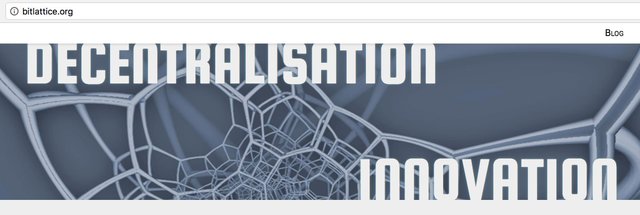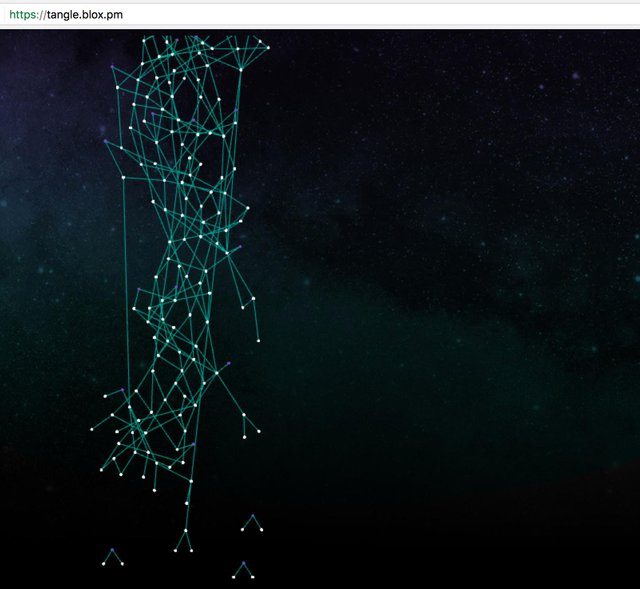Satoshi Nakamoto, who is most probably Craig Wright, had the idea to link transactions through cryptographic signatures, within a chain of blocks, where each block contains a hundred or so transactions. The generic term for what the blockchain achieves, could then perhaps be consensus-by-linkage, that the state of every transaction depends on all other transactions.
This consensus-by-linkage introduces inter-dependence, and is an incentive to sign on the transactions of others, and so to build consensus.
Bitcoins proof-of-work and Ethereums’ Casper as a “central publishing authority”
From a consensus-by-linkage point-of-view, proof-of-work in Bitcoin is used for a central publishing authority, to make it possible to link transactions in a chain (if all nodes could just append single transactions, there would be many collisions when nodes synchronise). Ethereums’ Casper is also used to produce a bottleneck in how transactions are appended to the state.
With Dominik Schiener’s Tangle and IOTA, the central publishing bottleneck is removed, as a new structure (“the tangle”) means there are no collisions. BitLattice takes the idea of leaderless consensus-by-linkage further, with a multi dimensional, laminar lattice state, where transactions are linked to four surrounding transactions, fluidly added in parallel by each node.
Religion, ideology, the blockchain, BitLattice, and consensus-by-linkage
The word religion comes from religare, which means “to bind”, linking memes together into consensus trances in which memes that were loudest in ordering genes to replicate them had a survival advantage. Such memes would propagate by threatening annihilation of the genes on one hand and promising “eternal life” on the other.
With ideology, consensus protocols in the form of governments were introduced as external structures to guide and govern how associations were formed.
With technological consensus states, or "virtual states", like the blockchain, rather than forming consensus within the confines of human brains that are dependent on gene-multiplication, blockchains co-opt human genetic imperatives similar to how flowering plants use bees as part of their life cycle, rewarding miners with financial rewards.
Technological states benefit from being externalised from the human brain in the same way that other technologies like calculators or computers do.


expected a parody post...
Downvoting a post can decrease pending rewards and make it less visible. Common reasons:
Submit
Why so?
Downvoting a post can decrease pending rewards and make it less visible. Common reasons:
Submit